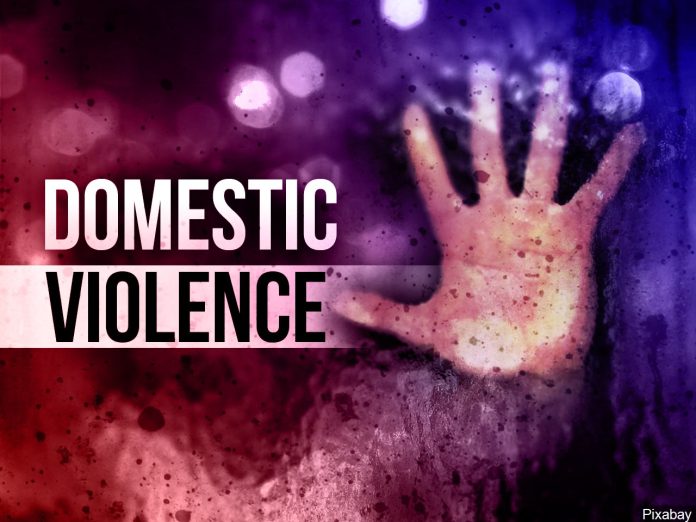Domestic violence is a pervasive issue affecting individuals across all walks of life, transcending boundaries of race, class, and gender. It can take many forms, including physical, emotional, psychological, and financial abuse. Law enforcement plays a critical role in responding to domestic violence incidents, ensuring victim safety, and holding perpetrators accountable. Additionally, police departments are increasingly implementing initiatives aimed at preventing and addressing domestic violence in the long term. This article highlights police responses to domestic violence, de-escalation strategies, and key initiatives to reduce domestic violence rates and provide support to survivors.
The Scope of Domestic Violence
Domestic violence includes a range of abusive behaviors, such as:
- Physical Abuse: Hitting, slapping, or other forms of physical harm.
- Emotional and Psychological Abuse: Manipulation, threats, or gaslighting that undermines the victim’s self-worth.
- Sexual Abuse: Coercing or forcing a partner into unwanted sexual activity.
- Economic Abuse: Controlling finances to limit the victim’s freedom or independence.
- Stalking and Harassment: Repeated unwanted behavior that creates fear for the victim’s safety.
Domestic violence is often underreported due to fear, stigma, and lack of trust in the system. However, police departments are increasingly focused on responding effectively to such incidents.
Police Response to Domestic Violence
When responding to domestic violence calls, police officers are trained to handle these situations with sensitivity and care. Effective responses typically involve:
- Safety First: Ensuring the immediate safety of the victim is the primary concern. This often includes separating the parties involved and assessing any immediate danger.
- Evidence Gathering: Officers document any physical evidence of abuse, take photos of injuries, and gather witness statements. This is vital for building a case for prosecution.
- Arresting the Perpetrator: Depending on the jurisdiction and severity of the incident, officers may arrest the abuser on the scene, especially if there is evidence of physical harm or ongoing threats.
- Victim Support: Officers are encouraged to provide victims with resources, such as domestic violence shelters, hotlines, and counseling services.
The primary objective is to protect victims, hold abusers accountable, and provide the necessary resources for victims to escape the cycle of violence.









